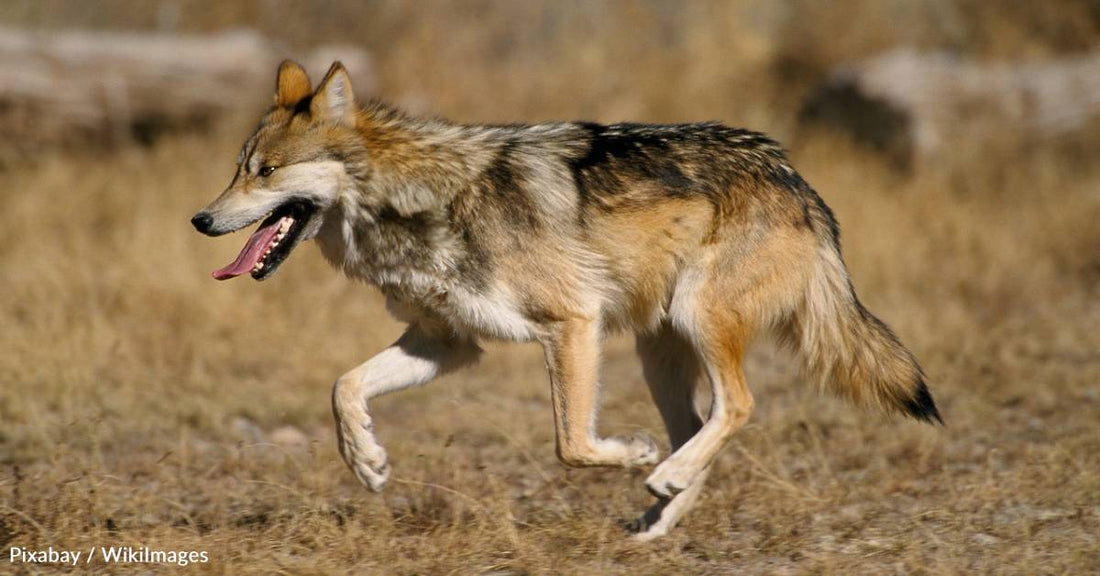Endangered Mexican Wolf Population Continues to Grow, Thanks in Part to Fostered Pups
Michelle Milliken
The Mexican wolf, an endangered gray wolf subspecies that was once found across the Southwest, was nearly wiped out by the late 1970s due to conflict with livestock. After it was listed under the Endangered Species Act when the population had dwindled to just seven wolves, Mexico and the United States teamed up on a captive breeding program, which began reintroductions in 1998. The latest population estimates show the recovery effort continues to go well.
Earlier this month, the United States Fish and Wildlife Service (USFWS) released its 2023 wild population estimates, which show that the species’ growth was up for the eighth year in a row. That’s the longest streak since reintroduction began. In 2023, there were at least 257 Mexican wolves in the Southwestern U.S., with at least 144 in New Mexico and at least 113 in Arizona. That’s a 6% increase over 2022, which was the first year the wild population inched over 200.
Jim deVos, Arizona Game and Fish Department Mexican Wolf Coordinator, says, “In the aggregate, the 2023 data points out that Mexican wolf recovery has come a long way since the first release. Each year, the free-roaming Mexican wolf population numbers increase and the areas they occupy expands. Genetic management using pups from captivity is also showing results. In total, 99 pups carefully selected for their genetic value have been placed in 40 wild dens since 2016, and some of these fosters have produced litters of their own. While recovery is in the future, examining the last decade of data certainly provides optimism that recovery will be achieved.”
According to the USFWS, at least 10 fostered pups have bred in the wild thus far, producing more than 20 litters. There are also still roughly 350 wolves in captivity between the U.S. and Mexico as part of the Mexican Wolf Saving Animals From Extinction program. As of 2022, there were an estimated 45 wolves in Mexico, as well.
As for the 2023 population census, there were a minimum of 60 packs in the Southwest, 37 in New Mexico and 23 in Arizona, along with 26 total breeding pairs. They produced at least 138 pups in 2023, of which a minimum of 86 survived the year. That’s a 62% survival rate, more than the average wild wolf survival rate of 50%. This is helped along by those fostered pups.
Brady McGee, U.S. Fish and Wildlife Service Mexican Wolf Recovery Coordinator, says, “It’s encouraging to see success across the board with our recovery efforts. Having fostered Mexican wolves survive, disperse, pair up, breed, and start packs of their own tells us that fostering is working. These genetically diverse wolves, which came from captivity as pups and were placed into wild dens, play a vital role in boosting the genetic diversity of the wild population.”
The population count, conducted annually between November and February, uses methods like remote cameras, scat collection, and visual observation from the ground and the air.
Michelle has a journalism degree and has spent more than seven years working in broadcast news. She's also been known to write some silly stuff for humor websites. When she's not writing, she's probably getting lost in nature, with a fully-stocked backpack, of course.























